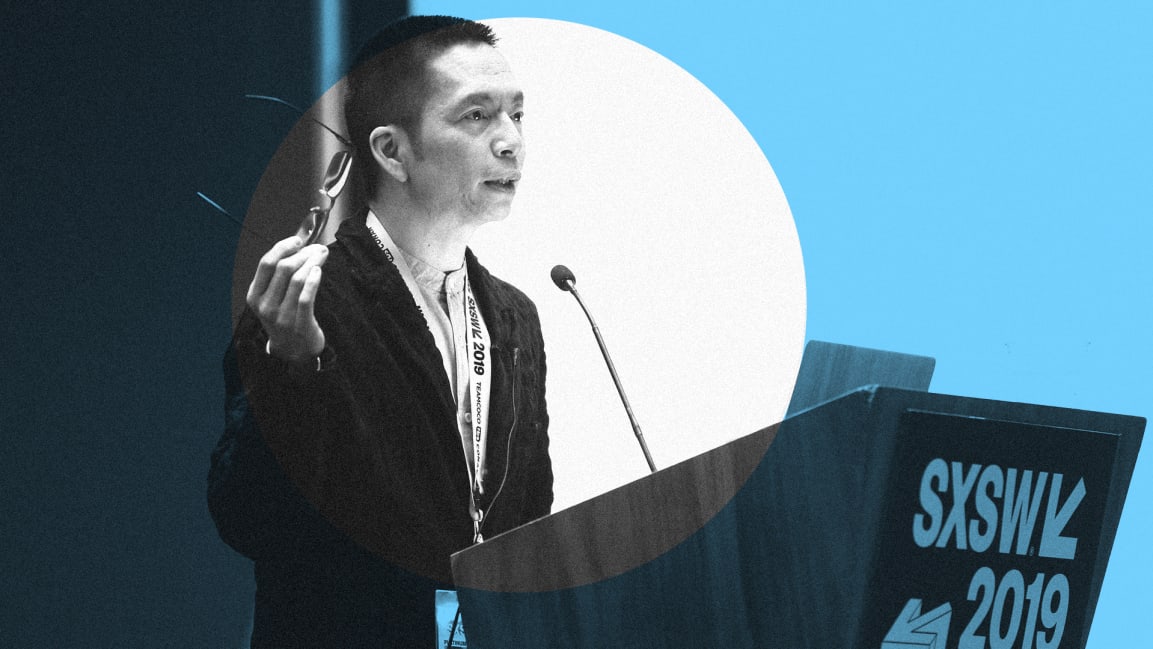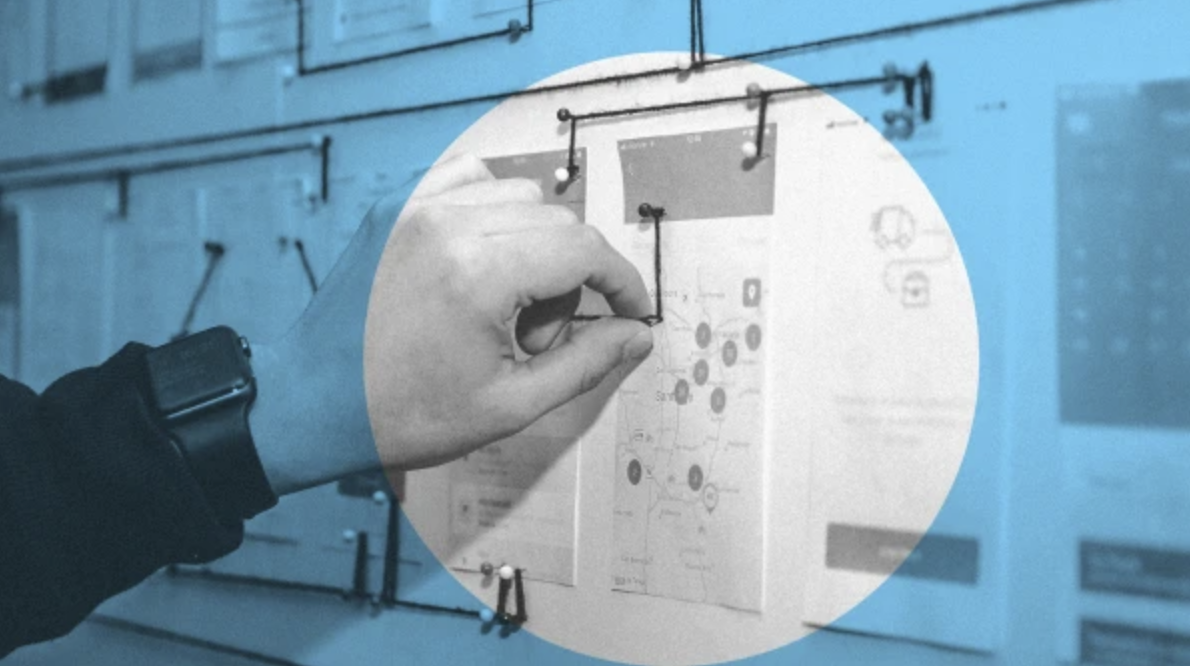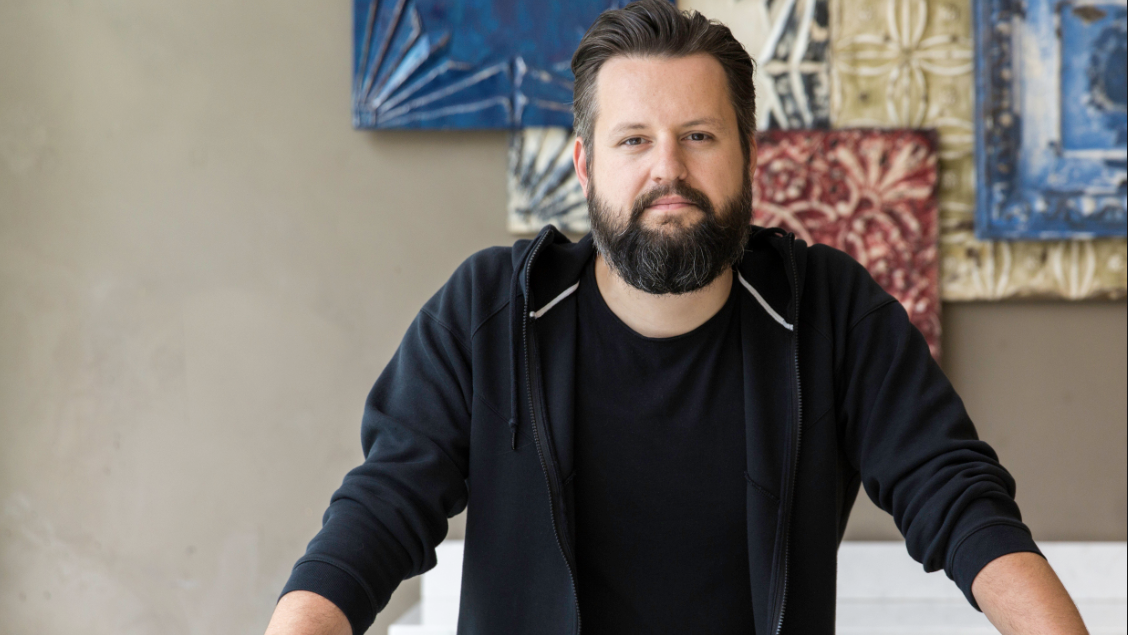John Maeda: “Actually, design is not so important”
The head of development and computational design at Automattic (the parent company of WordPress) believes that designers should be something like auxiliary actors in technology companies, leaving the main role to developers and product managers.

What is the role of design in the technology business? For many years, designers have advocated the expansion of their decision-making powers in companies. Their goal was to create quite a humanistic products that meet the interests of users, and not just corporate objectives or technological progress.
Recent studies have shown that design has a significant impact on business results, prompting many companies to position themselves as "design-oriented." See how many large corporations have acquired independent design firms in the last few years alone.
However, design guru John Maeda (John Maeda) suggests that the idea that he previously defended is wrong. “I have friends in all companies, I constantly listened about design and all this, and it worried me all my life. I insisted on being serious about design, he says. “Over the years, I’m in the phase where I realize that design evangelism was really needed, but in fact design is not so important.”
John Maeda - American designer of Japanese origin, a specialist in computer technology, a writer. Professor of design at the Massachusetts Institute of Technology (MIT). Author of more than a dozen books (including in co-authorship); one of them, the best-selling book “The Laws of Simplicity”, published in Russian in 2008 - from Wikipedia
Wait, what!?
Maeda believes that design should play a secondary role in technology companies, and not a leading one. In his annual report “ Design in Technologies ”, Maeda states that design should look like an auxiliary actor or an actress of the main characters in a technology company — developers and product managers.
According to him, when companies call themselves "the guided principles of design", then very often designers say: "So, everyone left the road, I'm in charge." Convincing "I am the main" combined with the desire of design to become the so-called "micro world of mutual stroking": in which people have a deep understanding of what a good designer looks like, based on stories and experiences that designers tend to turn to and unite designers together, gradually excluding everyone else. Maeda believes that these two elements ultimately repel other ways of interaction, when the opposite should work together.
“More than half of the designers still want to create aesthetically beautiful things and cannot do anything about it. This is a built-in feature, says Maeda. “For the manager of the product, this seems insignificant. To the developer, it’s like, “Oh, ok, now I have to do it ...”
Instead, Maeda believes that designers should focus on being good team players, not leaders. Concern about whether a design has a sufficient impact on a product or company distracts from real work: creating quality products that meet people's needs.

This is a controversial position, considering how much Maeda and other design industry leaders have argued that design is becoming a more powerful discipline in organizations. “Designers are used to being the measure of everything and it hurts so much, they are tired of it, they want to fight back and do something meaningful,” Maeda says. “I think in the past ... I was in favor of design as a whole, and I had to be a symbolic leader. I felt responsible for my position. ”
But Maeda says the last three years at Automattic have changed his views. “I continued to meet many people who told me that I was wrong, and that designers in tech companies“ do not know what they are talking about. ” These people diminished the initial desire of Maeda to become a design leader and made him think that the classic design approach does not always coincide with everyday realities in business.
Of course, the problem is not limited to designers or design. Many disciplines suffer from a similar “stroking each other” syndrome, including engineers and product managers. Maeda believes that this is detrimental to the business as a whole, because such stories come at the expense of teamwork. But for designers it is especially important to work in a team with developers. “We know that technical people are responsible for a lot: they can set up requests, write code, and as a result right or wrong things happen,” he says. "But if you are not able to collaborate with developers, you cannot change anything in the world." In other words, the only way to change a system is to work in it.
Ultimately, Maeda believes that when designers gain more power than their fellow developers, they create weaker products. “In my opinion, any company that wants to be a leader in the field of design will appreciate UX (user experience). If the main strengths of [the company] are designers and people with high quality standards, then this is fantastic. But they can forget to worry about the technical stack, which, in fact, is quite fragile and, perhaps, works 99 times out of 100, ”Maeda says. "If they are so focused on UX, they will most likely not ask questions about the product and this will not help the company to break even."

Hussein Rahman, founder of Jawbone
Take, for example, Jawbone, which was once valued at $ 1.5 billion. The Jawbone Up product, a wearable fitness tracker that was supposed to be the hottest gadget of 2011, turned out to be a complete failure. While the journalists wrote that Up had a flawless design (from the famous designer of Silicon Valley, Yves Behar), they could not recommend the product because the software was so buggy that the product was practically useless. As a result, the product (and company) failed. Lesson? Beautiful industrial design means nothing in combination with poor engineering.

Alex Schleifer, AirBnb Design Director
Maeda is not the only designer who disagrees with the concept of "designer" companies. Alex Schleifer, head of design at Airbnb, believes that design-based culture tends to devalue other people's opinions and ideas. He created his design organization so that the designers did not pay any particular attention; instead, product managers are fully mandated to present users ’views.
For Maeda, the concept of a design that plays a supporting role is not a negative factor for the development of designers. Instead, this approach simply gives designers the opportunity to work with their colleagues on the same team, which, he insists, will ultimately lead to improved design. “The reaction of some people to my suggestions was terrible. Many are talking about "managing by design principles," he says. “But I say, guys, let's remember those films where the best auxiliary actor or actress is so good that they get an Oscar !?”
')
Source: https://habr.com/ru/post/446992/
All Articles